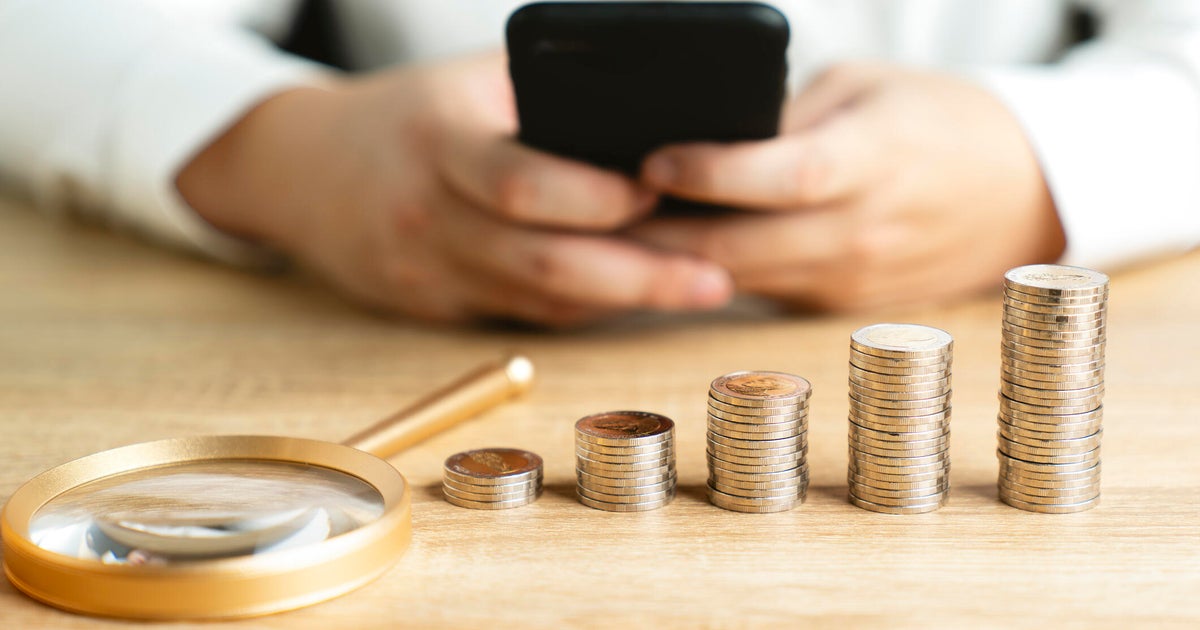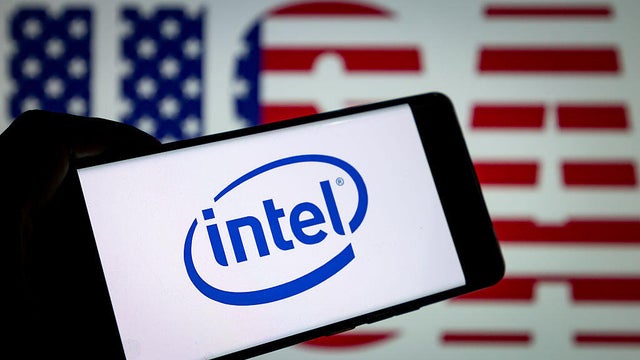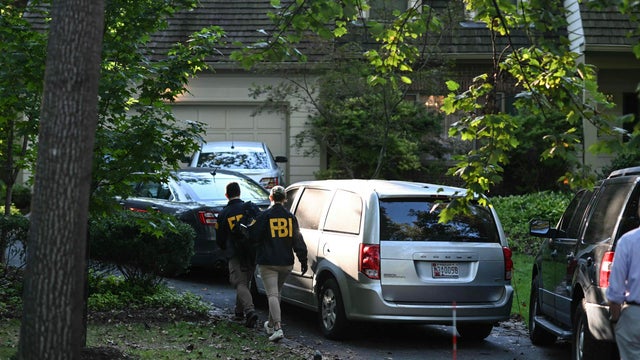

No response returned

For savers looking to grow their money safely, (CDs) remain a reliable option, especially at today's interest rates. While the eye-popping yields of a decade ago are gone, in this rate environment — which currently sit around the 4% range, depending on the term — are still far better than what you would earn on . That means even a modest $10,000 deposit into the right CD account can earn noticeable interest over time, particularly for those willing to lock in funds for a few months or, optimally, a few years.
But high rates for CDs. These accounts are popular, in large part, because they provide a unique combination of guaranteed returns and principal protection that's hard to find elsewhere. Unlike savings accounts that can see their rates fluctuate with Federal Reserve policy changes, for the entire term, giving you complete certainty about your earnings from day one. This predictability, combined with FDIC insurance protection up to $250,000, makes CDs an increasingly popular choice among a wide range of savers.
Choosing a CD isn't just about picking the highest rate, though. You also need to for your liquidity needs. offer quick access but lower returns, while lock in higher yields but restrict access for years. So, understanding your financial goals and knowing how much you could earn at today's rates can help you choose the right term to make the most of a $10,000 deposit.
.
Here's a detailed look at what a $10,000 CD could earn today across common terms and rates, assuming that you aren't paying to withdraw your money early and there are no other fees tied to the account:
A 3-month CD is ideal for those seeking minimal commitment and maximum flexibility, and at 4.30%, a $10,000 deposit could earn about $107.50 in interest over the quarter. While it's a short-term account, this option is a good way to capture higher rates without locking up funds for long periods.
.
Stretching the term to six months raises the yield slightly. At a rate of 4.45%, a $10,000 deposit would earn approximately $222.50 in interest over the half-year. This term is a nice middle ground for savers who want more growth than a 3-month CD offers but still want access to their funds within the year.
A 1-year CD term balances earnings potential with liquidity. With a 4.30% rate, a $10,000 deposit could earn about $430 over 12 months. For savers who anticipate no need for the funds in the near term, this is a solid way to lock in a competitive rate while keeping options open for future CDs or investments.
Opting for an 18-month CD offers slightly longer commitment and a consistent yield. This term could net roughly $624 in interest, and it's well-suited for savers willing to step beyond a one-year horizon without committing for multiple years. An 18-month CD term can also be used as a smart addition to , where funds mature at staggered intervals.
For those willing to commit two years, a 4.10% rate translates to about $820 in total interest over the full term. This type of CD is generally worth considering for savers who want a predictable, low-risk return while taking advantage of rates higher than short-term deposits.
A 3-year CD at a rate of 4.10% would yield roughly $1,230 over the full term. Longer CDs like these amplify the effect of compounding, especially if the interest is added to the principal at each interval, helping your money grow steadily without exposure to market volatility.
For savers looking far ahead, a 5-year CD offers a slightly higher 4.20% rate. Over the five-year horizon, that could result in approximately $2,100 in interest. This is an appealing option for those who do not need immediate access to funds and want to lock in a competitive rate in a stable, low-risk investment.
A $10,000 CD represents a solid foundation for risk-free savings growth in today's environment. While the returns may seem modest compared to potential stock market gains, the guaranteed nature of CD earnings provides peace of mind that volatile investments simply cannot match. With interest rates potentially heading lower in the coming months, acting sooner rather than later could mean locking in returns that may not be available in six months or a year.





